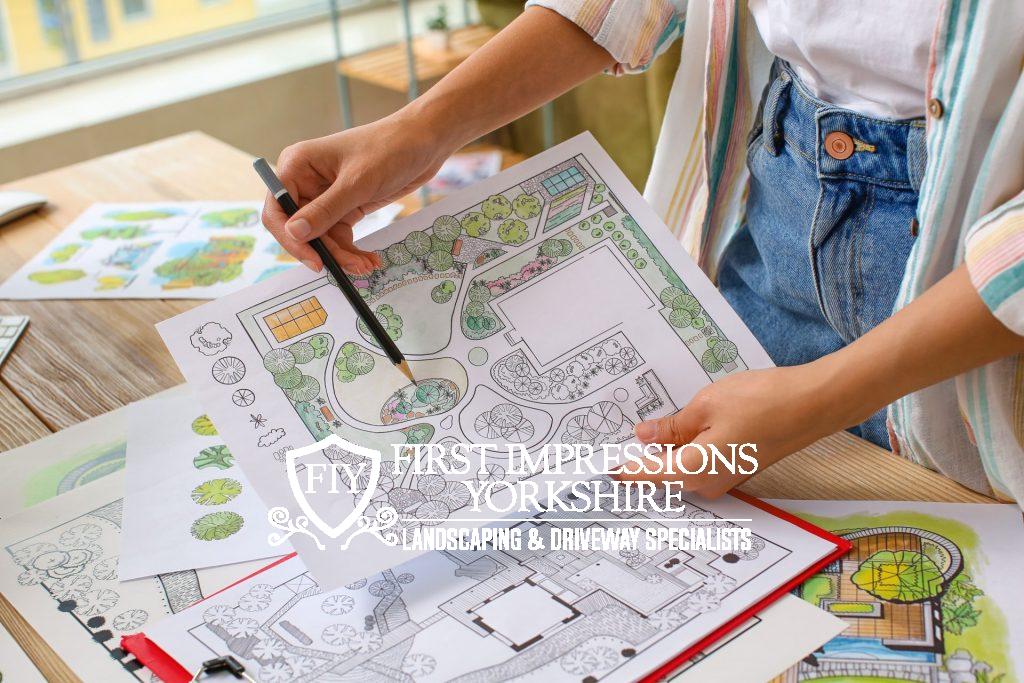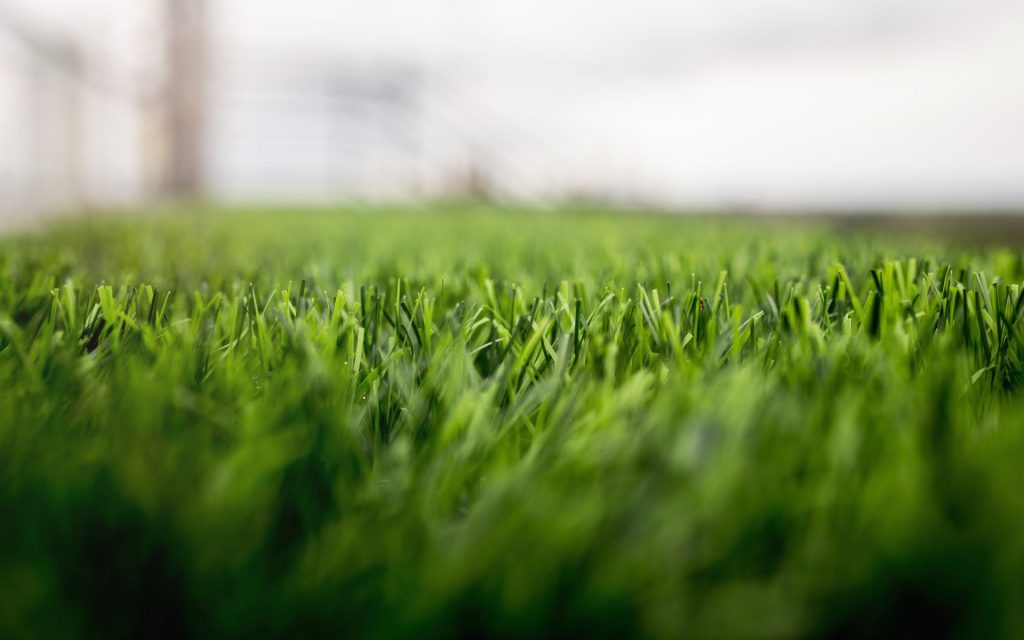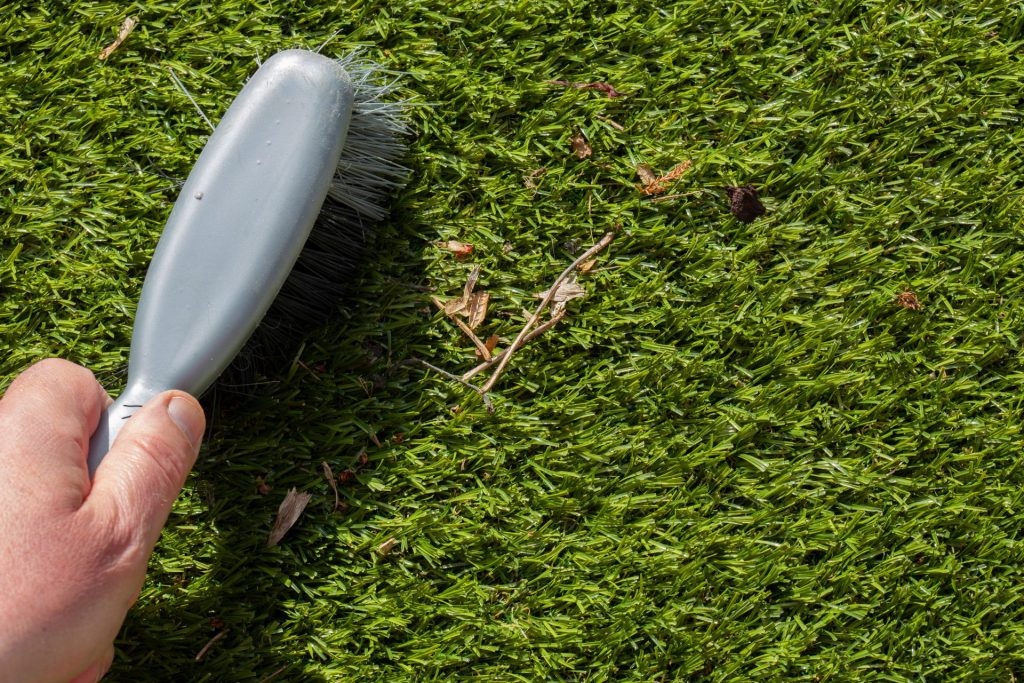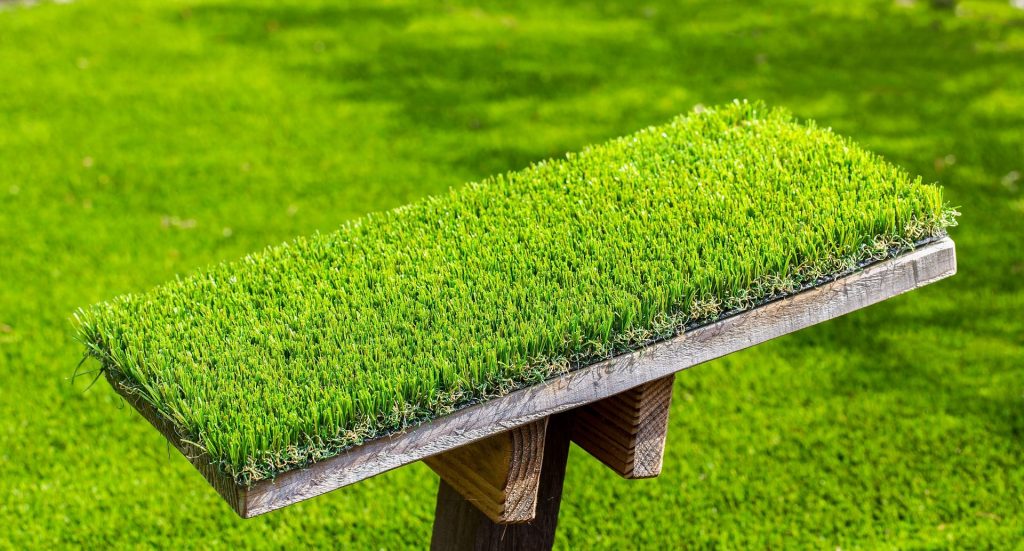Choosing the right artificial grass is essential to ensure a successful and long-lasting outdoor space. With several factors to consider, such as pile height, material composition, and maintenance requirements, it’s crucial to have a comprehensive guide to make an informed decision.
In this article, we will explore the key aspects you need to consider when choosing artificial grass, helping you create a beautiful and functional landscape.
To read more about the benefits of artificial grass, please view our other blog posts.
Assess Your Requirements:

Before exploring artificial grass options, assess your requirements. Consider the purpose of the space, the expected foot traffic, and the desired appearance. Are you looking for a lush, manicured look or a more natural and rugged aesthetic? Understanding your needs will guide you in selecting the most suitable artificial grass type.
Pile Height and Material Composition:

Pile height refers to the length of the artificial grass blades, while material composition refers to the fibers used. Shorter pile heights, typically between 15 and 25 millimeters, offer a neat and manicured appearance. Longer pile heights, ranging from 30 to 50 millimeters or more, provide a more luxurious and lush look. When it comes to material composition, options commonly include polyethylene (PE) and polypropylene (PP). PE offers a softer feel and a natural look, while PP provides enhanced durability. Consider the balance between aesthetics and functionality based on your preferences.
Consider Durability and Maintenance:

Durability is an important factor when choosing artificial grass. Look for options with high-density and a good stitch rate, ensuring a fuller and more resilient lawn. Additionally, consider the maintenance requirements. Some artificial grass types require minimal upkeep, while others may need occasional brushing or additional care. Consider your available time and resources for maintenance to select a suitable option.
Test Samples:

Whenever possible, request samples of the artificial grass types you’re considering. This allows you to see and feel the grass in person, enabling you to make a more informed decision. Test the samples for softness, resilience, and colour consistency under different lighting conditions. This step will help you visualise how the artificial grass will look in your specific setting.
Seek Professional Advice:
If you’re unsure about the best artificial grass type for your needs, it’s always beneficial to seek professional advice. Artificial grass suppliers and landscaping professionals have the expertise to guide you based on your requirements and budget. They can recommend suitable options, explain the pros and cons, and assist with the installation process.
Conclusion
Choosing the right artificial grass for your outdoor space is crucial for achieving the desired aesthetic appeal and functionality. By assessing your requirements, considering factors such as pile height, material composition, durability, and maintenance, and testing samples, you can make an informed decision. Don’t hesitate to seek professional advice if needed. With the right artificial grass selection, you can create a beautiful, low-maintenance landscape that enhances your outdoor living experience for years to come.

